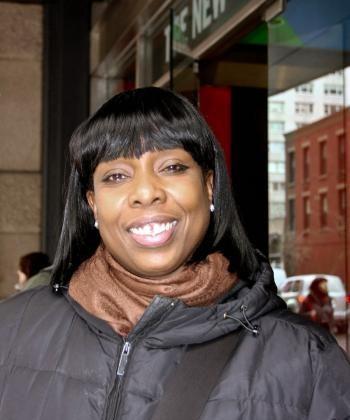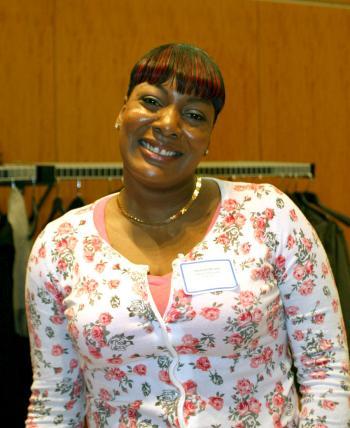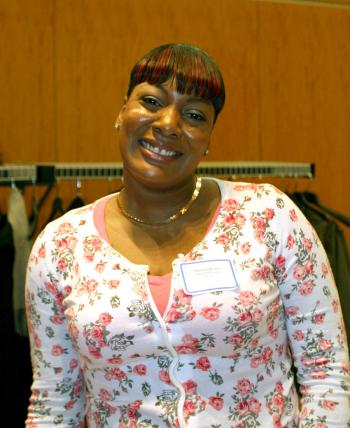The Parent Advocate Initiative (PAI) was created in June 2009 to enlist the help of parents who had successfully resolved their cases and brought their children back to a happier home. These parents were hired by foster care agencies to work as parent advocates. They help parents who are still in the system to navigate their way through it, while providing support and encouragement. The idea is that first-hand experience makes these parent advocates the best and most trusted people to work with unstable parents going through difficult times.
The Center for New York City Affairs at the Milano New School for Management and Urban Policy convened child welfare experts, parent advocates, and foster care agency representatives on Wednesday to review successes, shortcomings, obstacles, and experiences that have come with the PAI since its inception.
Before hiring parent advocates, Richard Altman, CEO of the Jewish Child Care Association, said his organization was “doing a lousy job of engaging the biological parents that come to our door, because they come to our door involuntarily.”
He noted that the first contact parents have with the child welfare system starts with an ominous knock on the door. He listed some of the guidelines social workers are taught in college to follow: engage the person, listen to their story, and create a safe space.
“That ain’t child welfare,” Altman concluded. “Child welfare starts with an accusation. You’re accused. You are not a partner. We’re not with you, we’re judging you.”
One parent advocate, Shanene Bryant, 32, refused to be intimidated or feel judged. She knew that things were bad and that the only thing to do was to get to work—to fix herself so that she could get her children back.
Turning A Negative Into A Positive
Her two eldest children were placed in kinship care with other family members. Her third child, Ciara, was given over to a foster home. It was one thing when her children were with family, but it was a real wake-up call to her when her little girl was given to a stranger.
“You can always turn a negative into a positive,” is Bryant’s motto. It is a message she passes on to all parents she now supports as an advocate for Adminstration for Children’s Services (ACS). She completed all the services required of her and then some to get her children back. She completely turned her life around.
“Parents come in broken,” stressed Bryant. Had she not had the support she did, she thinks it would have been too much to bear.
She did not have a parent advocate to work with her but counts herself lucky to have had a very supportive caseworker at ACS. Her daughter’s foster mother also became a good friend of hers. While caseworkers can be effective, Bryant says, not all of them are quite as understanding.
She holds that first-hand testimony from parents coming out of the child welfare system is the best encouragement a “broken” parent can have. All of the panelists at Wednesday’s gathering had high praise for the Parent Advocacy Initiative. However, they also discussed some of the problems facing this program, which is still in its infancy.
Funds and Fundamentals
Bill Baccaglini of The New York Foundling, a child-services agency, says he has been relying on public grants that depend on performance. Funds are less forthcoming all around given the city’s fiscal strife, Baccaglini noted, but “at least you don’t have to justify [the need for parent advocates] anymore.”
Baccaglini and Altman agreed that the advocates are such an integral part of long-term success in foster care that funding will surely be found. Paying the bills was not the only PAI obstacle discussed at the forum.
Parent advocates reported that it has been difficult at times to play the role of both parent confidante and a responsible agent for the child care organizations.
“If a client comes to one of your support groups and opens up about a recent relapse, how do you inform the agency but then also re-establish trust with that client so that they can still talk to you?” asked an advocate from the audience.
Stephanie Haker of Lutheran Social Services responded that it is important to establish from the very beginning that the parent advocate is a mandated reporter for the agency, and that this is non-negotiable. With that fundamental understanding, it is possible to work with both the parent and the agency in a way that does not alienate the parent but rather includes him or her in the process of rehabilitation and doing what is best for the child









